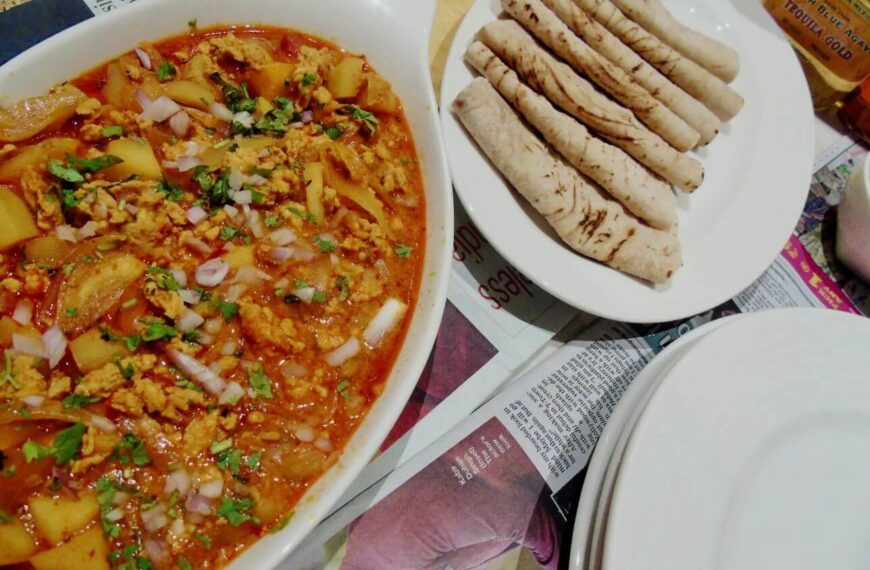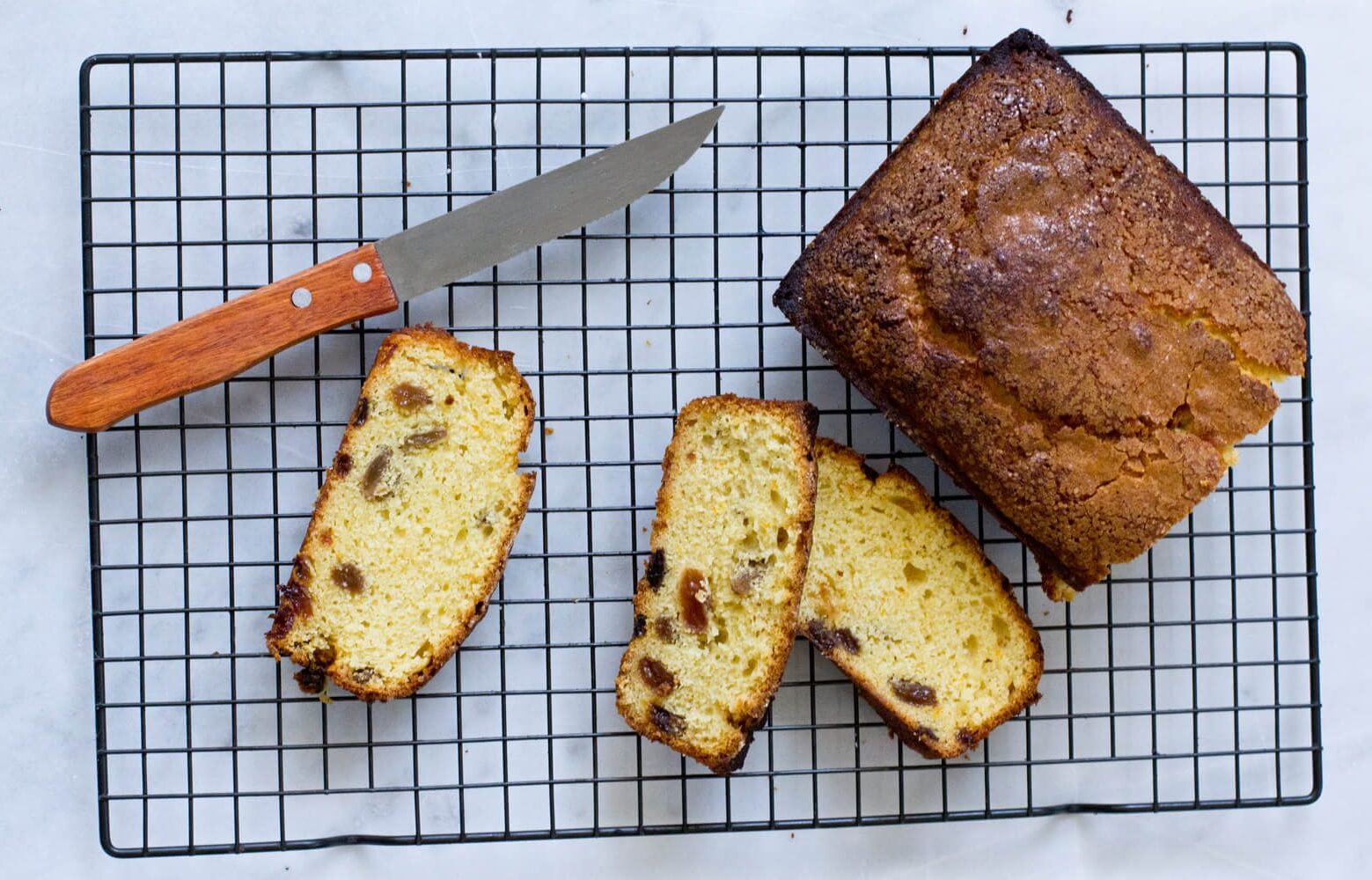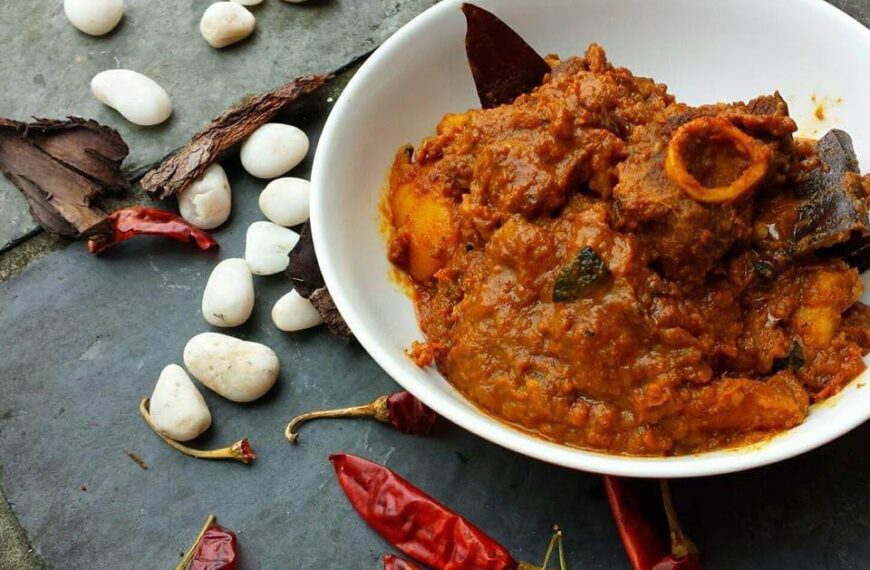Ruchira traces the European – English, French, Portuguese, Dutch and Danes – influence in Bengali kitchens. An exclusive for Different Truths.

Diehard foodies that Bengalis are, they owe a debt of gratitude to the European colonists, who dominated our country’s socio-political scenario from the 13th to the 19th century. The country’s coastal belt – from Bengal right up to Konkan (Goa, Mumbai included) bore the maximum brunt of European influence in terms of food habits, language, social customs, and practices. These have lingered on till date.
In Bengal, major colonial players included French (Chandannagar), Portuguese (Bandel), Dutch (Chinsurah), Danes (Serampore). These townships were located on the banks of the Ganges, in Hooghly district. Nearby, Kolkata was a British bastion.
Finding themselves on unfamiliar terrain, starkly different from their own, the enterprising Europeans scoured the nearby areas looking for alternative options and substitutes. While interacting with gora sahibs the natives were obviously impressed by some of their traits and consequently imbibed them in their own gastronomy.
Around the same time the Armenians entered India mainly for trading purposes. They left an indelible impression on Bengali cuisine, in the shape of potoler dorma/dolma: pointed/spindle gourds stuffed with minced fish, prawns and spices. The original Dolma comprised grape leaves stuffed with minced meat and rice.
Around the same time, the Armenians entered India mainly for trading purposes. They left an indelible impression on Bengali cuisine, in the shape of potoler dorma/dolma: pointed/spindle gourds stuffed with minced fish, prawns and spices. The original Dolma comprised grape leaves stuffed with minced meat and rice. Later, when the Portuguese introduced cabbages in India (no wonder Bengalis are fond of cabbage!), cabbage leaves replaced grape leaves. These packages of minced meat-rice were served on a bed of tomato sauce. Gradually, ingenious, Bengali chefs replaced cabbage leaves with potol. Once the seeds were scooped out the cavity within the potol was spacious and firm enough to hold the stuffing. And the rest, as they say, is history.
Moving on, ‘Tea drinking’ was ushered in by the British who had already begun its large-scale cultivation at their enclaves in China. Since English drank tea with crackers, cookies, biscuits, this was emulated by the Bengalis unlike Northerners who still prefer theirs with namkeen(salted) stuff. Thus, chaa biskoot is a familiar term in Bengali lexicon. A favourite teatime snack is a patty that originated in 17th century Britain. It is derived from French pâté a hard shell made of white flour and filled with a large variety of ingredients. Babumoshais love their “pattish”. Ditto for toasted bread slices spread with butter/jam/ marmalade, a breakfast staple even today.
The Europeans taught Indians the art of baking. Incidentally, the credit for introducing pao (yeast-based bread) to India goes to the Portuguese. Prior to this, the natives ate unleavened bread, i.e., roti /chapati. Hence, they designed the name pau ruti for its phoren counterpart.
The Europeans taught Indians the art of baking. Incidentally, the credit for introducing pao (yeast-based bread) to India goes to the Portuguese. Prior to this, the natives ate unleavened bread, i.e., roti /chapati. Hence, they designed the name pau ruti for its phoren counterpart.
From the drawing rooms of elites and affluent bakery items – cakes, pastries, cookies, and bread – eventually found their way to the dining tables of Bengali commoners.
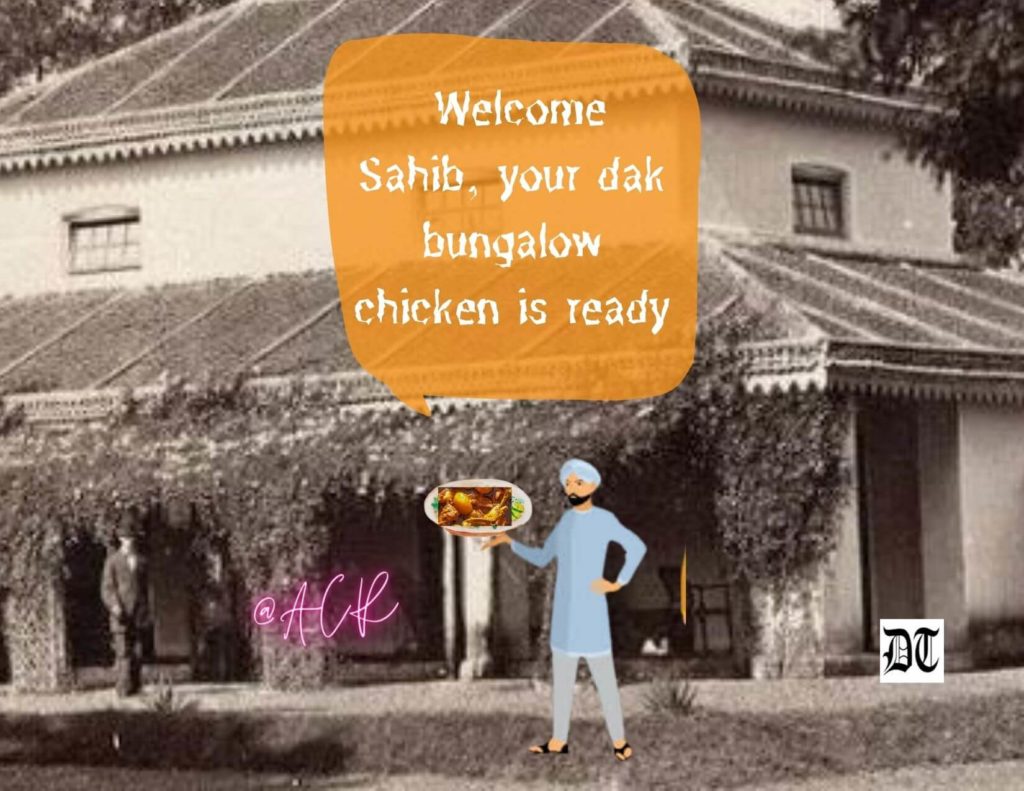
Many quaint dishes were linked to the lifestyle of British officials and bureaucrats. For instance, the Railway mutton curry was created for long train journeys from Calcutta the erstwhile capital of British India. Likewise, the dak bungalow chicken was the brainchild of the khansamas, who accompanied their masters on official tours to far-flung, desolate places.
Many quaint dishes were linked to the lifestyle of British officials and bureaucrats. For instance, the Railway mutton curry was created for long train journeys from Calcutta the erstwhile capital of British India. Likewise, the dak bungalow chicken was the brainchild of the khansamas, who accompanied their masters on official tours to far-flung, desolate places. Since raw materials were scarce, they utilised whatever was readily available, spiced them up, nice and ‘propah’ to suit the burra sahib’s palate.
Dimer devil is inspired by the British Devilled Eggs. British folks added spicy mustard sauce, hot spices, and condiments to the stuffing of boiled, unfried eggs. Therefore, the word ‘deviled’ denoted spicy nature. Interestingly, the batter-fried version made its debut in colonial India. The innovative Asian chefs in British kitchens must have stuffed the hardboiled eggs with boiled potato, onion, and spices dipped it in batter and fried it. Next, they coated the eggs with gram flour or breadcrumbs and deep-fried them. These eggs often included keema (mincemeat), an Islamic touch.
The iconic fish fry, a sine qua non for mega social occasions is derived from fish & chips, an “aam aadmi” meal in Britain. “Braising” – a cooking method involving both wet and dry heat – is a pan European practice. Braised meat is also called pot roast. With the passage of time “Braised” got warped into “breast”!
The iconic fish fry, a sine qua non for mega social occasions is derived from fish & chips, an “aam aadmi” meal in Britain. “Braising” – a cooking method involving both wet and dry heat – is a pan European practice. Braised meat is also called pot roast. With the passage of time “Braised” got warped into “breast”! One often hears customers demanding “breast” chicken cutlets in Kolkata’s wayside eateries!
Bengalis love chop cutlet by way of street food. Originally a cutlet was a mixture of chopped meat, fish, and vegetables, flat, covered with breadcrumbs, and fried. A chop was a thick slice of meat with a piece of bone in it. The desi avatars may differ from the European originals in terms of ingredients and taste, but the vestiges of the Raj remain popular.
Though Portuguese and Dutch traders brought potatoes to the subcontinent, yet British too helped in popularising it. The potato was absorbed into Bengali cuisine. Honestly, I feel we Bongs beat the rest of India in potato eating. Be it fish, mutton, poultry, eggs, veggies, and greens (shaak/saag) Bengalis must have their pound of alu with it.
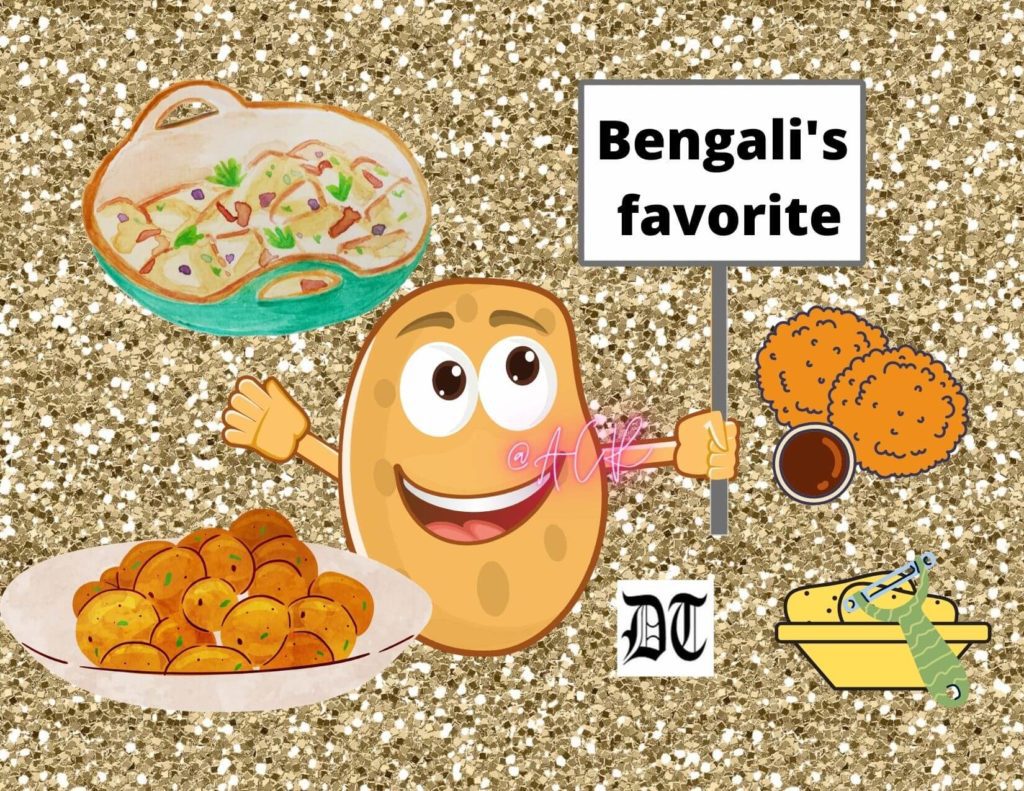
Lastly, Roshogolla, the perennial favourite of sweet lovers (Bong or otherwise) and sandesh would not have been born if the Portuguese had not arrived in India. Chhana or cottage cheese — basic ingredient for roshogolla and sandesh — is prepared by adding citric acid to milk to curdle it. Before the Portuguese came, Bengalis made sweets with kheer (thickened milk / khoya) since Hindu tradition prohibited the deliberate spoiling of milk via external agents.
Lastly, Roshogolla, the perennial favourite of sweet lovers (Bong or otherwise) and sandesh would not have been born if the Portuguese had not arrived in India. Chhana or cottage cheese — basic ingredient for roshogolla and sandesh — is prepared by adding citric acid to milk to curdle it. Before the Portuguese came, Bengalis made sweets with kheer (thickened milk / khoya) since Hindu tradition prohibited the deliberate spoiling of milk via external agents. The Portuguese changed all that, opening new vistas in the arena of dessert and confectionery. The fledgeling sweets were as palatable to the newcomers as the locals.
So, the next time you bite into a scrumptious fish fry or pop a succulent roshogolla in your mouth, spare a thought for those traders of long ago who brought them to your kitchen.
Visuals by Different Truths


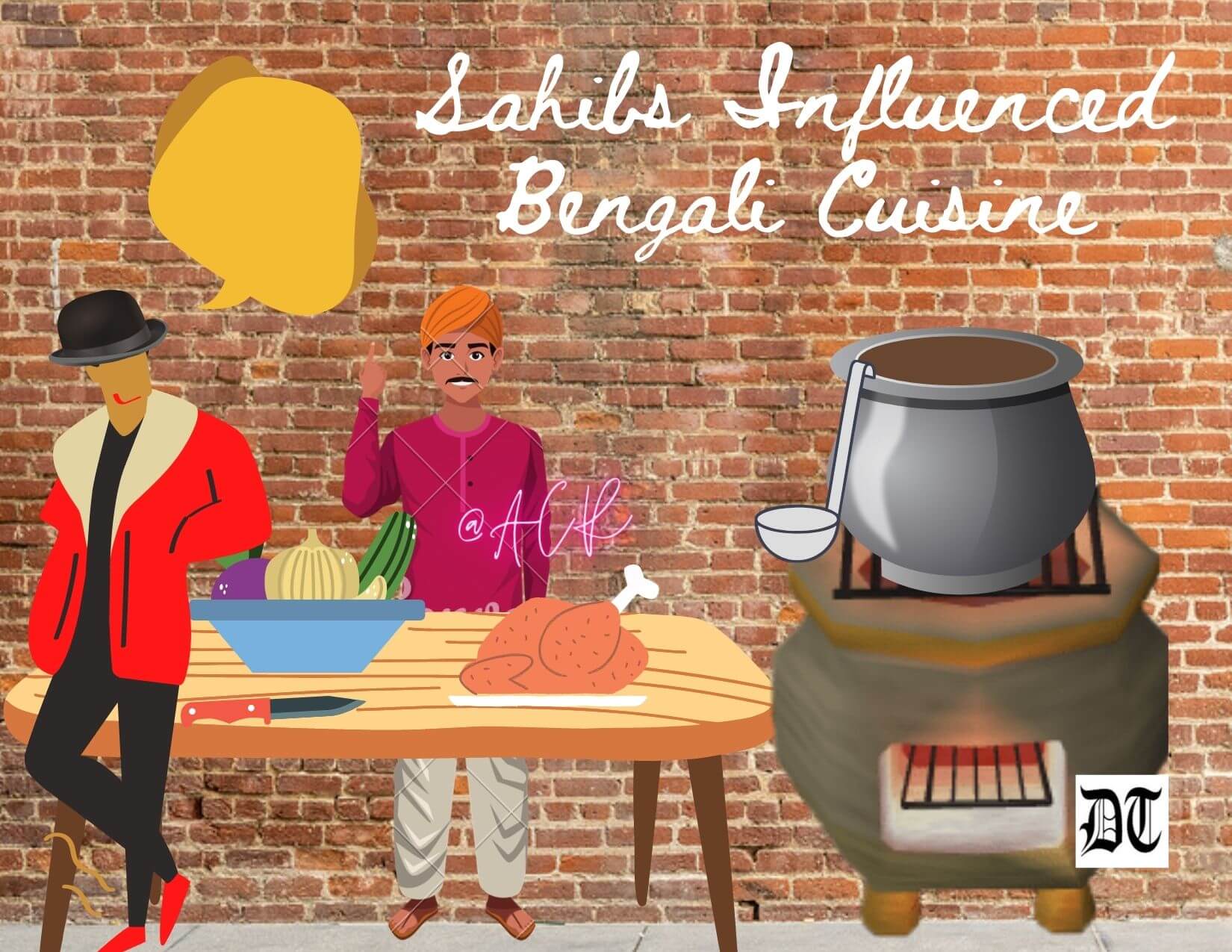




 By
By